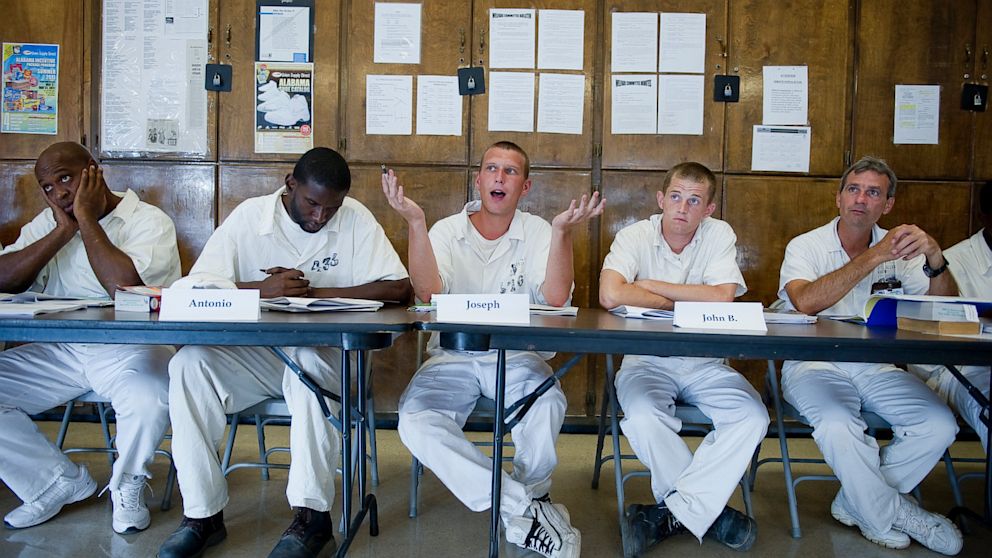Want to Boost the Economy? Educate America’s Prisoners
Recidivism is lower among prisoners who participate in education programs.

Aug. 26, 2013— -- Educating prisoners while they’re behind bars saves states a lot of money.
Adults who participate in prison education programs are 43 percent less likely to land back behind bars than their fellow inmates, according to a new RAND Corporation analysis of correctional adult education programs sponsored by the Department of Justice. That could ultimately lead to less money being spent on housing prisoners.
“The results presented here are truly encouraging,” the report states. “RAND researchers show that correctional education reduces postrelease recidivism and does so cost-effectively.”
Right now, about 4 out of every 10 state prisoners will be reincarcerated within three years of their release. But the analysis indicates that investing one dollar in education can reduce incarceration costs by up to five dollars during that same time frame.
That makes a lot of sense, because prisoners entering the system tend to be less educated, likelier to lack vocational training and more unevenly employed than their peers. In other words, they don’t usually have a job lined up for when they get out.
So giving prisoners the opportunity to develop marketable skills before they’re sent out to fend for themselves helps reduce the chance that they end up back in prison, and it likely helps them land a job.
But states aren’t great about getting prisoners into programs. Inmate participation rates in educational activities have actually declined in recent years, partially because of funding cuts.
While most correctional institutions - 84 percent, according to the analysis - offer some form of education, that can be as basic as teaching illiterate inmates how to read. In 2004, just 27 percent of state prison inmates said they had participated in vocational training programs, and just 19 percent took high school or GED courses.
It’s not totally clear how much of a difference each program - adult basic education, high school/GED, vocational training, postsecondary education - makes, because many prisoners participate in multiple programs. But it is clear that education makes a difference.
The problem is that the recent economic downturn has forced some states to reduce and alter the educational programs they offer inmates. Texas, for example, recently reduced its prison education budget by more than a quarter. That new reality isn’t going away anytime soon, either.
“[A] reduced funding environment will likely be true for many correctional education programs for the near future,” the analysis points out.
More research is needed to figure out exactly which types of programs best serve which populations. The report suggests that states invest in well-designed evaluations of their current programs to do that.
Whether states will take that advice is questionable.
U.S. voters tend to view prison education programs much more skeptically than people in Europe, especially Scandinavian countries, an attitude the sluggish economy has only exacerbated.
As Stephen Steurer, executive director of the Correctional Education Association, an organization that supports prison education programs, told Fusion in May, "Who wants to send a crook to college when they're having a hard time getting their own kids through?"
But if people stopped and really looked at the numbers, the answer might not be a foregone conclusion.




